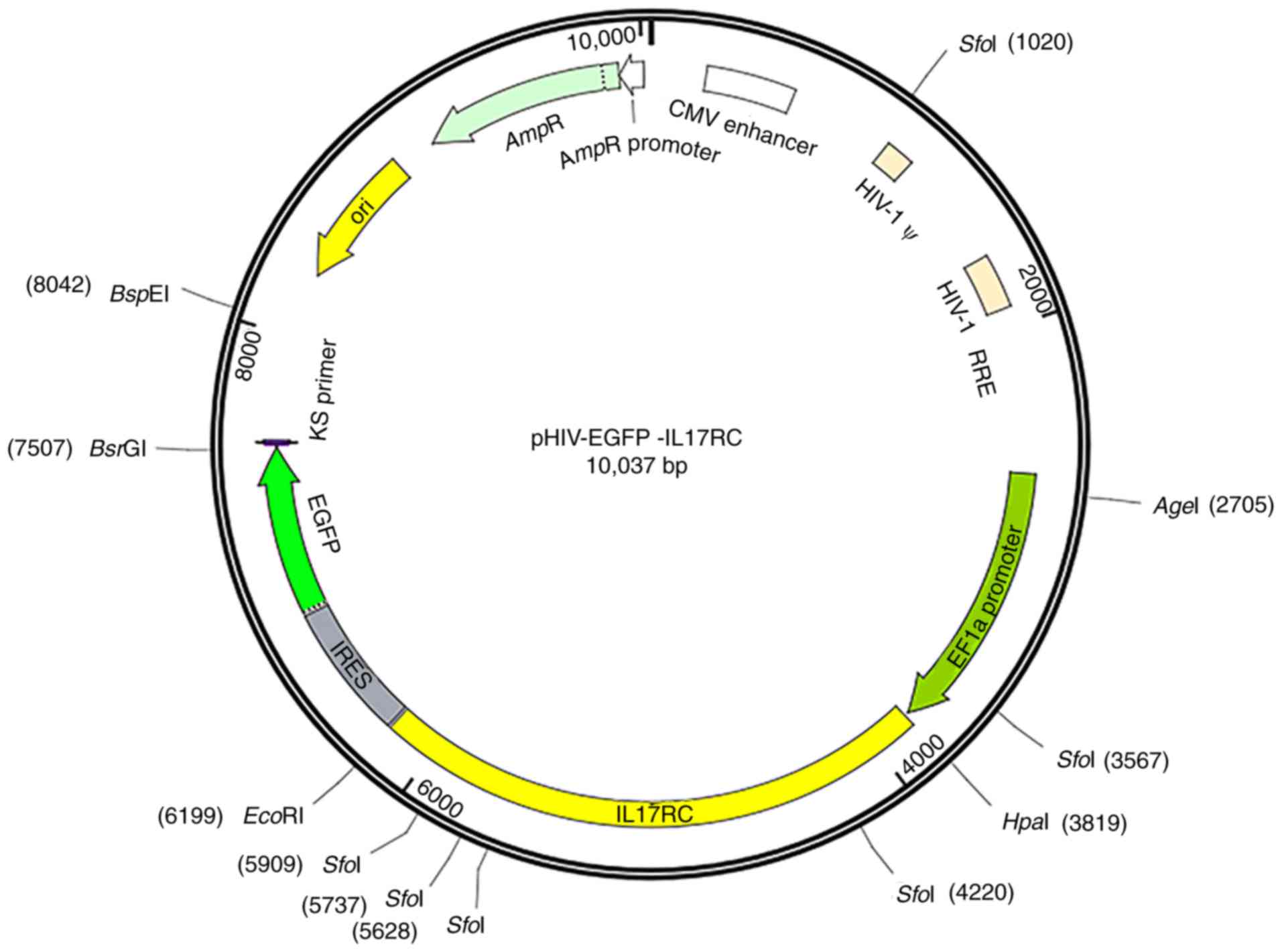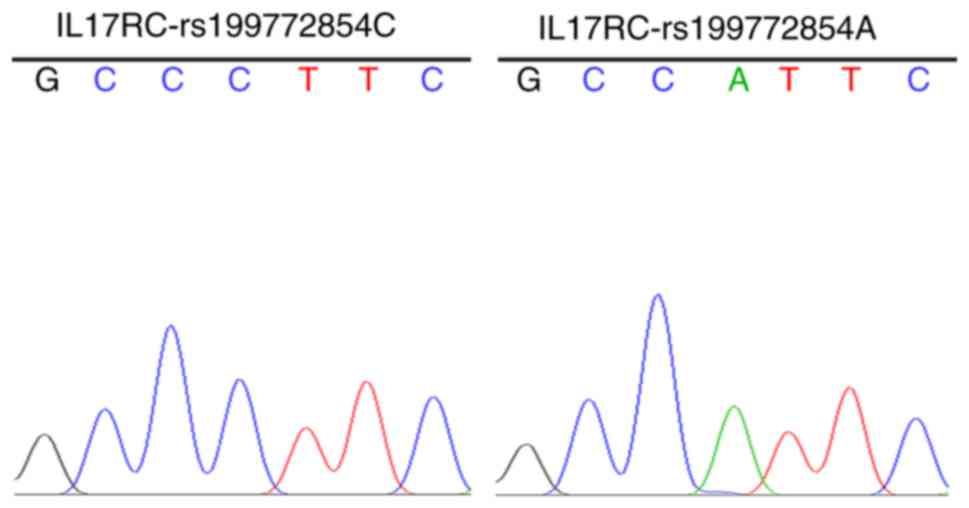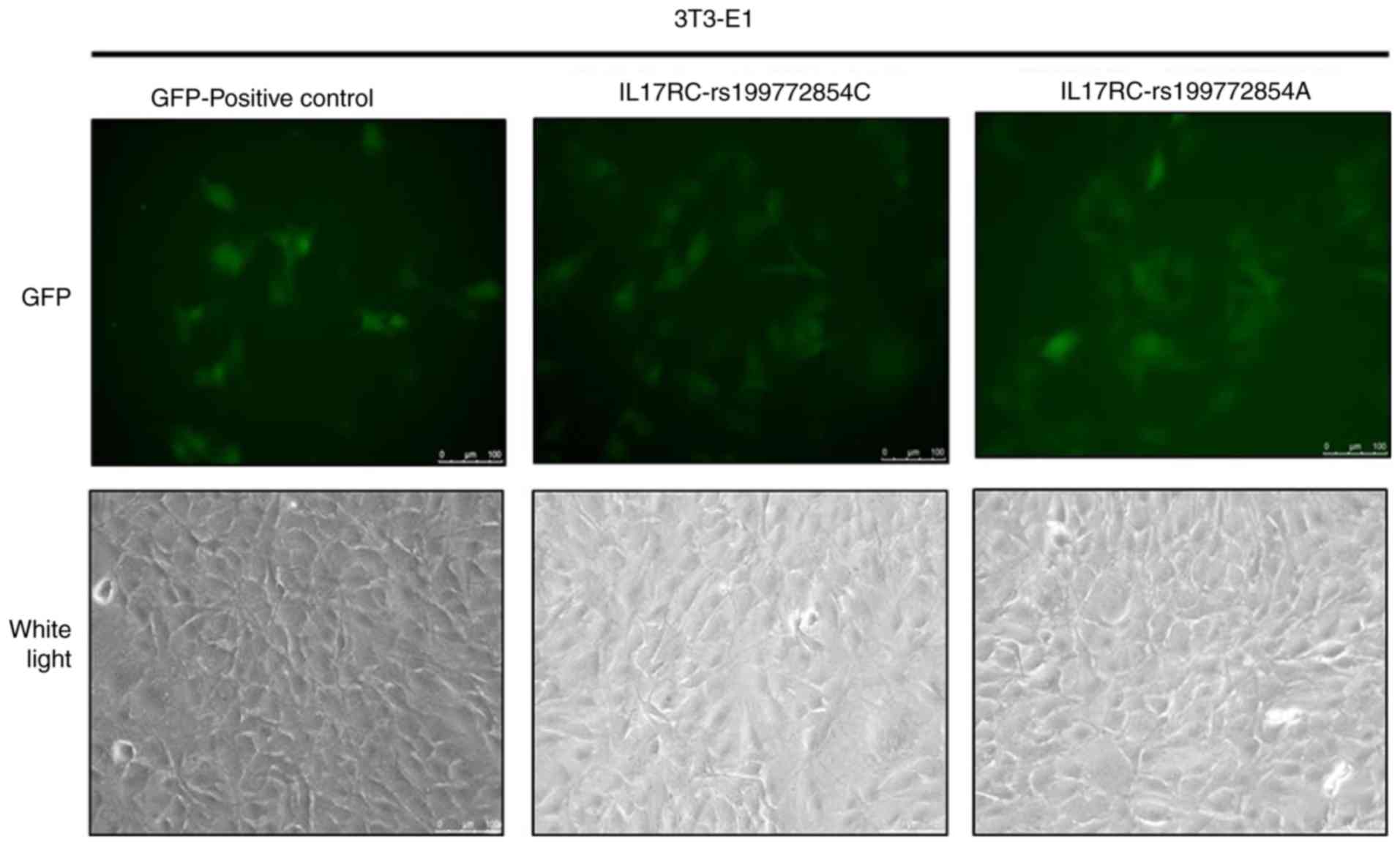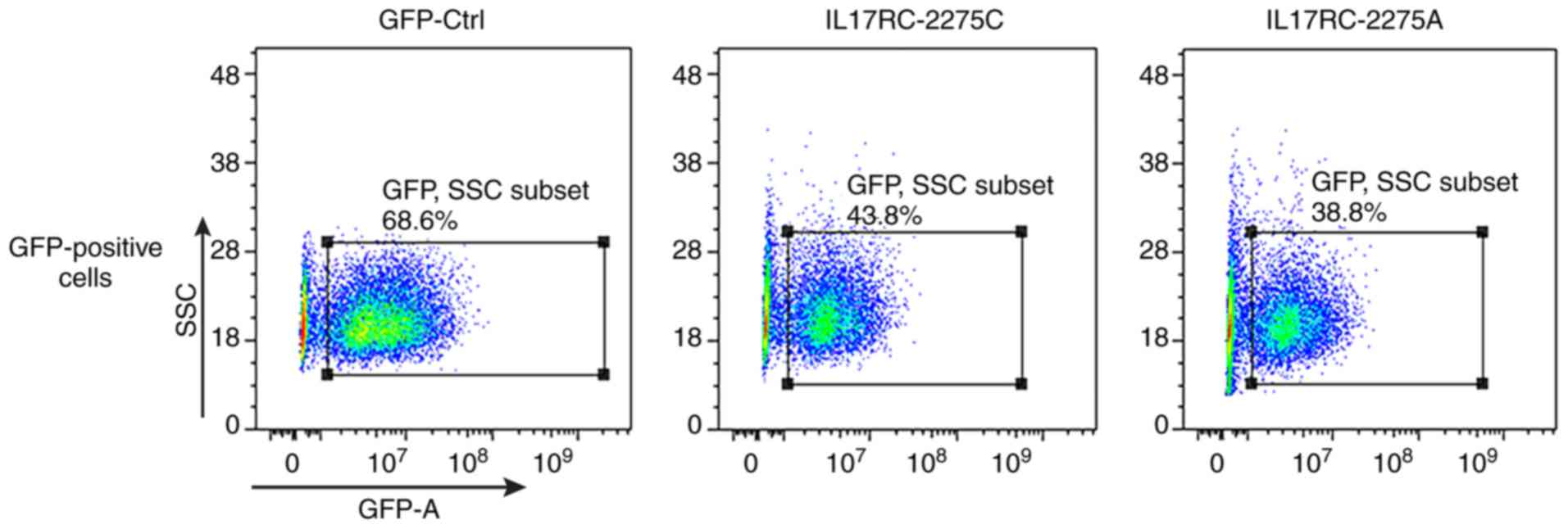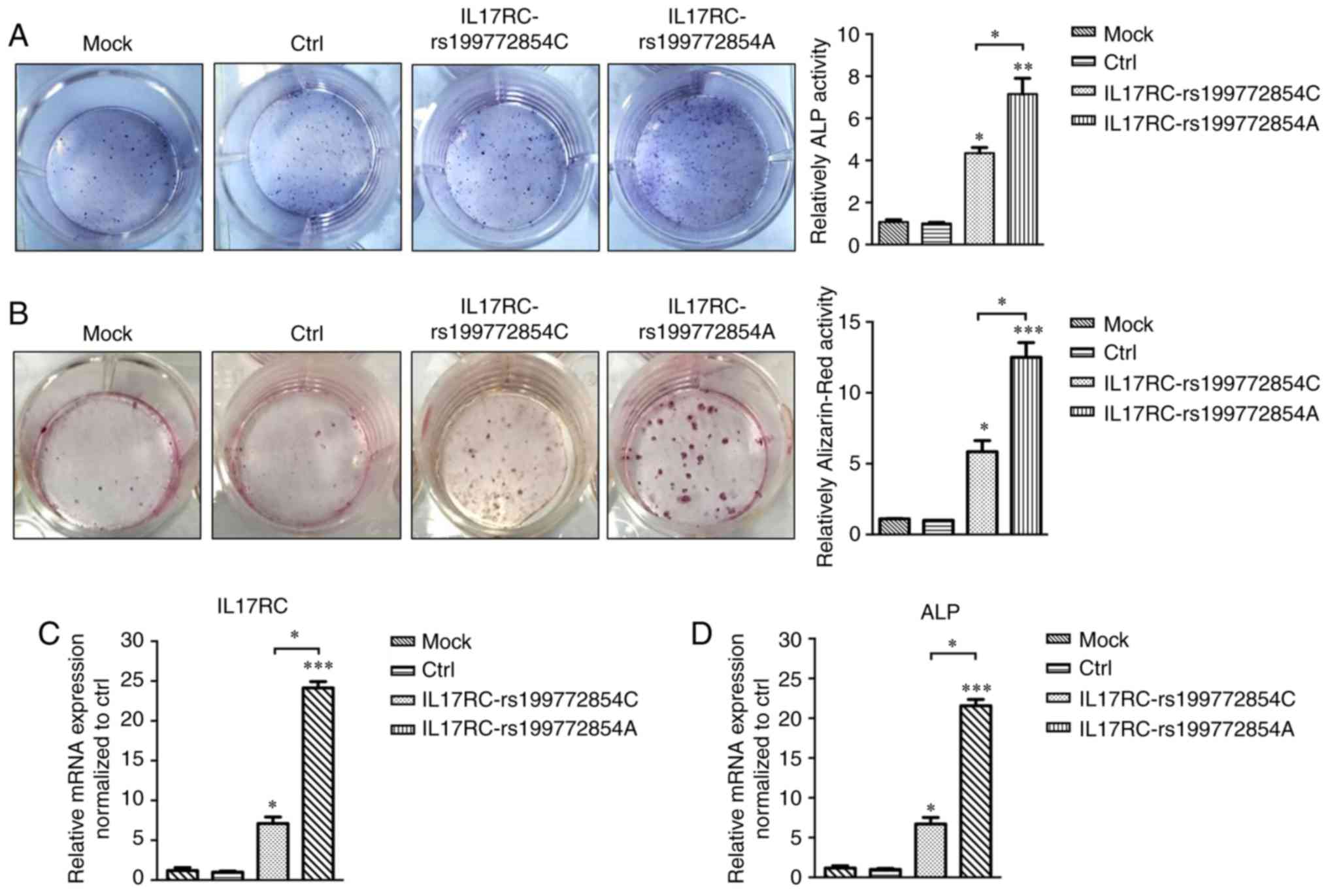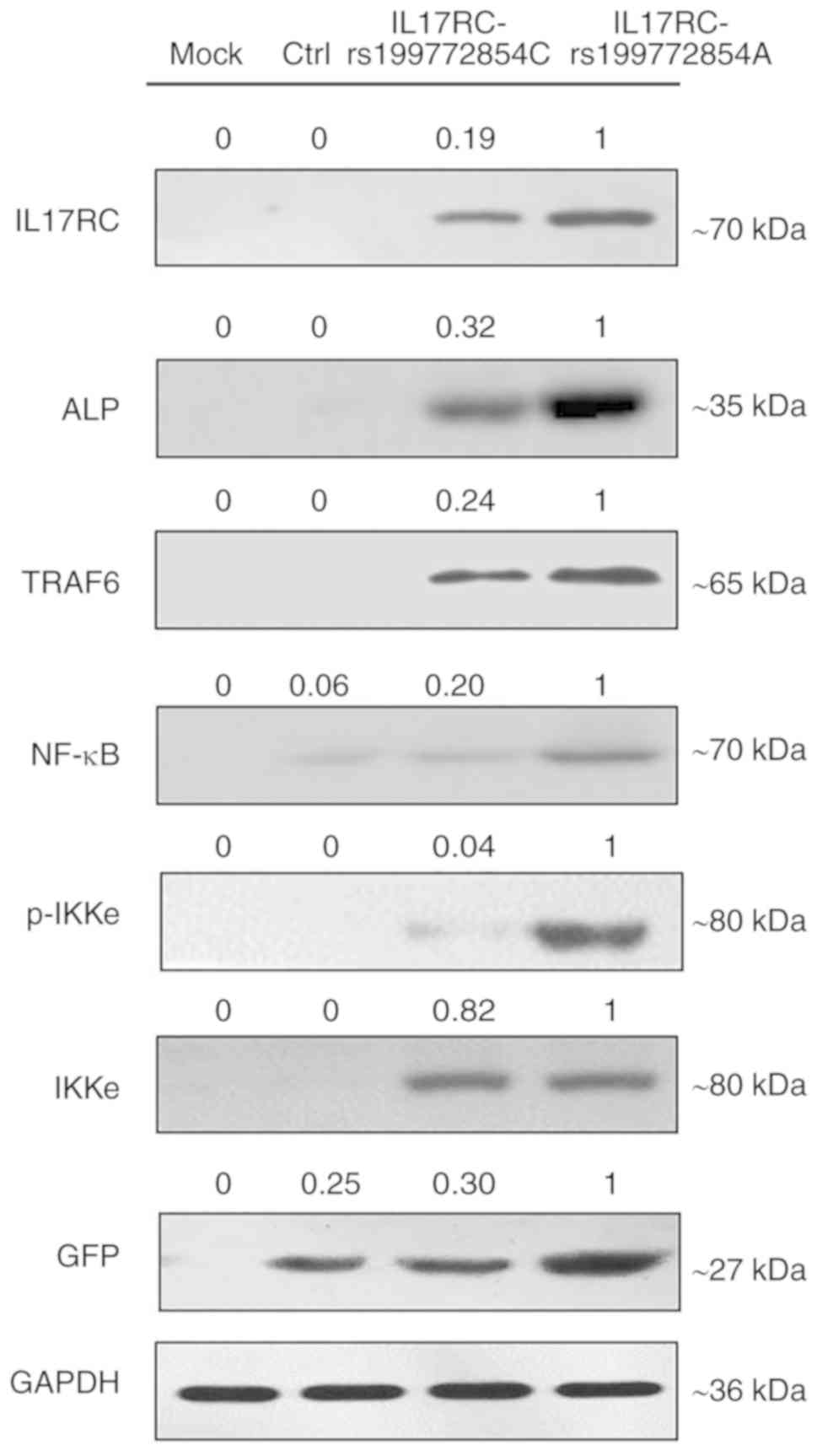|
1
|
Fujimori T, Watabe T, Iwamoto Y, Hamada S,
Iwasaki M and Oda T: Prevalence, concomitance, and distribution of
ossification of the spinal ligaments: Results of whole spine CT
scans in 1500 Japanese patients. Spine (Phila Pa 1976).
41:1668–1676. 2016. View Article : Google Scholar
|
|
2
|
Mori K, Imai S, Kasahara T, Nishizawa K,
Mimura T and Matsusue Y: Prevalence, distribution, and morphology
of thoracic ossification of the posterior longitudinal ligament in
Japanese: Results of CT-based cross-sectional study. Spine (Phila
Pa 1976). 39:394–399. 2014. View Article : Google Scholar
|
|
3
|
Yu LJ, Li WJ, Guo SG and Zhao Y:
Transforaminal thoracic interbody fusion: Treatment of thoracic
myelopathy caused by anterior compression. Orthopade. 47:985–991.
2018. View Article : Google Scholar : PubMed/NCBI
|
|
4
|
Imagama S, Ando K, Takeuchi K, Kato S,
Murakami H, Aizawa T, Ozawa H, Hasegawa T, Matsuyama Y, Koda M, et
al: Perioperative complications after surgery for thoracic
ossification of posterior longitudinal ligament: Nationwide
multicenter prospective study. Spine (Phila Pa 1976).
43:E1389–E1397. 2018.
|
|
5
|
Hu P, Yu M, Liu X, Liu Z and Jiang L: A
circumferential decompression- based surgical strategy for
multilevel ossification of thoracic posterior longitudinal
ligament. Spine J. 15:2484–2492. 2015. View Article : Google Scholar : PubMed/NCBI
|
|
6
|
Ikegawa S: Genetics of ossification of the
posterior longitudinal ligament of the spine: A mini review. J Bone
Meta. 21:127–132. 2014. View Article : Google Scholar
|
|
7
|
Ikegawa S: Genomic study of ossification
of the posterior longitudinal ligament of the spine. Proc Jpn Acad
Ser B Phys Biol Sci. 90:405–412. 2014. View Article : Google Scholar : PubMed/NCBI
|
|
8
|
Nakajima M, Kou I, Ohashi H; Genetic Study
Group of the Investigation Committee on the Ossification of Spinal
Ligaments; Ikegawa S: Identification and functional
characterization of RSPO2 as a susceptibility gene for ossification
of the posterior longitudinal ligament of the spine. Am J Hum
Genet. 99:202–207. 2016. View Article : Google Scholar : PubMed/NCBI
|
|
9
|
Nakajima M, Takahashi A, Tsuji T, Karasugi
T, Baba H, Uchida K, Kawabata S, Okawa A, Shindo S, Takeuchi K, et
al: A genome- wide association study identifies susceptibility loci
for ossification of the posterior longitudinal ligament of the
spine. Nat Genet. 46:1012–1016. 2014. View
Article : Google Scholar : PubMed/NCBI
|
|
10
|
Chen X, Guo J, Cai T, Zhang F, Pan S,
Zhang L, Wang S, Zhou F, Diao Y, Zhao Y, et al: Targeted next-
generation sequencing reveals multiple deleterious variants in
OPLL- associated genes. Sci Rep. 6:269622016. View Article : Google Scholar
|
|
11
|
Wang H, Liu D, Yang Z, Tian B, Li J, Meng
X, Wang Z, Yang H and Lin X: Association of bone morphogenetic
protein- 2 gene polymorphisms with susceptibility to ossification
of the posterior longitudinal ligament of the spine and its
severity in Chinese patients. Eur Spine J. 17:956–964. 2008.
View Article : Google Scholar : PubMed/NCBI
|
|
12
|
Ren Y, Feng J, Liu Z, Wan H, Li J and Lin
X: A new haplotype in BMP4 implicated in ossification of the
posterior longitudinal ligament (OPLL) in a Chinese population. J
Orhop Res. 30:748–756. 2012. View Article : Google Scholar
|
|
13
|
Ren Y, Liu ZZ, Feng J, Wan H, Li JH, Wang
H and Lin X: Association of a BMP9 haplotype with ossification of
the posterior longitudinal ligament (OPLL) in a Chinese population.
PLoS One. 7:e405872012. View Article : Google Scholar : PubMed/NCBI
|
|
14
|
Yang H, Shi L, Shi G, Guo Y, Chen D, Chen
D and Shi J: Connexin 43 affects osteogenic differentiation of the
posterior longitudinal ligament cells via regulation of ERK
activity by stabilizing Runx2 in ossification. Cell Physiol
Biochem. 38:237–247. 2016. View Article : Google Scholar : PubMed/NCBI
|
|
15
|
Liu Y, Zhao Y, Chen Y, Shi G and Yuan W:
RUNX2 polymorphisms associated with OPLL and OLF in the Han
population. Clin Orthop Relat Res. 468:3333–3341. 2010. View Article : Google Scholar : PubMed/NCBI
|
|
16
|
Xu C, Chen Y, Zhang H, Chen Y, Shen X, Shi
C, Liu Y and Yuan W: Integrated microRNA- mRNA analyses reveal OPLL
specific microRNA regulatory network using high- throughput
sequencing. Sci Rep. 6:215802016. View Article : Google Scholar
|
|
17
|
Kong Q, Ma X, Li F, Guo Z, Qi Q, Li W,
Yuan H, Wang Z and Chen Z: COL6A1 polymorphisms associated with
ossification of the ligamentum flavum and ossification of the
posterior longitudinal ligament. Spine (Phila Pa 1976).
32:2834–2838. 2007. View Article : Google Scholar
|
|
18
|
Tanaka T, Ikari K, Furushima K, Okada A,
Tanaka H, Furukawa K, Yoshida K, Ikeda T, Ikegawa S, Hunt SC, et
al: Genomewide linkage and linkage disequilibrium analyses identify
COL6A1, on chromosome 21, as the locus for ossification of the
posterior longitudinal ligament of the spine. Am J Hum Genet.
73:812–822. 2003. View
Article : Google Scholar : PubMed/NCBI
|
|
19
|
Wei W, He HL, Chen CY, Zhao Y, Jiang HL,
Liu WT, Du ZF, Chen XL, Shi SY and Zhang XN: Whole exome sequencing
implicates PTCH1 and COL17A1 genes in ossification of the posterior
longitudinal ligament of the cervical spine in Chinese patients.
Genet Mol Res. 13:1794–1804. 2014. View Article : Google Scholar : PubMed/NCBI
|
|
20
|
Kamiya M, Harada A, Mizuno M, Iwata H and
Yamada Y: Association between a polymorphism of the transforming
growth factor-beta1 gene and genetic susceptibility to ossification
of the posterior longitudinal ligament in Japanese patients. Spine
(Phila Pa 1976). 26:1266–1267. 2001. View Article : Google Scholar
|
|
21
|
Chung WS, Nam DH, Jo DJ and Lee JH:
Association of toll- like receptor 5 gene polymorphism with
susceptibility to ossification of the posterior longitudinal
ligament of the spine in Korean population. J Korean Neurosurg Soc.
49:8–12. 2011. View Article : Google Scholar : PubMed/NCBI
|
|
22
|
He Z, Zhu H, Ding L, Xiao H, Chen D and
Xue F: Association of NPP1 polymorphism with postoperative
progression of ossification of the posterior longitudinal ligament
in Chinese patients. Genet Mol Res. 12:4648–4655. 2013. View Article : Google Scholar : PubMed/NCBI
|
|
23
|
Guo Q, Lv SZ, Wu SW, Tian X and Li ZY:
Association between single nucleotide polymorphism of IL15RA gene
with susceptibility to ossification of the posterior longitudinal
ligament of the spine. J Orthop Surg Res. 9:1032014. View Article : Google Scholar : PubMed/NCBI
|
|
24
|
Wang P and Liu X, Zhu B, Ma Y, Yong L,
Teng Z, Wang Y, Liang C, He G and Liu X: Identification of
susceptibility loci for thoracic ossification of the posterior
longitudinal ligament by whole- genome sequencing. Mol Med Rep.
17:2557–2564. 2018.
|
|
25
|
Wang P and Liu X, Zhu B, Ma Y, Yong L,
Teng Z, Liang C, He G and Liu X: Association of IL17RC and COL6A1
genetic polymorphisms with susceptibility to ossification of the
thoracic posterior longitudinal ligament in Chinese patients. J
Orthop Surg Res. 13:1092018. View Article : Google Scholar : PubMed/NCBI
|
|
26
|
Ho AW and Gaffen SL: IL- 17RC: A partner
in IL- 17 signaling and beyond. Semin Immunopathol. 32:33–42. 2010.
View Article : Google Scholar
|
|
27
|
Dhaouadi T, Chahbi M, Haouami Y, Sfar I,
Abdelmoula L, Ben Abdallah T and Gorgi Y: IL- 17A, IL- 17RC
polymorphisms and IL17 plasma levels in Tunisian patients with
rheumatoid arthritis. PLoS One. 13:e01948832018. View Article : Google Scholar
|
|
28
|
Roos AB, Mori M, Gura HK, Lorentz A,
Bjermer L, Hoffmann HJ, Erjefält JS and Stampfli MR: Increased IL-
17RA and IL- 17RC in end- stage COPD and the contribution to mast
cell secretion of FGF- 2 and VEGF. Respir Res. 18:482017.
View Article : Google Scholar
|
|
29
|
Righetti RF, Dos Santos TM, Camargo LDN,
Aristóteles LRCRB, Fukuzaki S, de Souza FCR, Santana FPR, de Agrela
MVR, Cruz MM, Alonso-Vale MIC, et al: Protective effects of anti-
IL17 on acute lung injury induced by LPS in mice. Front Pharmacol.
9:10212018. View Article : Google Scholar
|
|
30
|
Sato K, Suematsu A, Okamoto K, Yamaguchi
A, Morishita Y, Kadono Y, Tanaka S, Kodama T, Akira S, Iwakura Y,
et al: Th17 functions as an osteoclastogenic helper T cell subset
that links T cell activation and bone destruction. J Exp Med.
203:2673–2682. 2006. View Article : Google Scholar : PubMed/NCBI
|
|
31
|
Kotake S, Udagawa N, Takahashi N,
Matsuzaki K, Itoh K, Ishiyama S, Saito S, Inoue K, Kamatani N,
Gillespie MT, et al: IL- 17 in synovial fluids from patients with
rheumatoid arthritis is a potent stimulator of osteoclastogenesis.
J Clin Invest. 103:1345–1352. 1999. View Article : Google Scholar : PubMed/NCBI
|
|
32
|
Campfield BT, Eddens T, Henkel M, Majewski
M, Horne W, Chaly Y, Gaffen SL, Hirsch R and Kolls JK: Follistatin-
like protein 1 modulates IL- 17 signaling via IL- 17RC regulation
in stromal cells. Immunol Cell Biol. 95:656–665. 2017. View Article : Google Scholar : PubMed/NCBI
|
|
33
|
De Luca A, Pariano M, Cellini B,
Costantini C, Villella VR, Jose SS, Palmieri M, Borghi M, Galosi C,
Paolicelli G, et al: The IL- 17F/IL- 17RC axis promotes respiratory
allergy in the proximal airways. Cell Rep. 20:1667–1680. 2017.
View Article : Google Scholar : PubMed/NCBI
|
|
34
|
Zhou S, Qiu XS, Zhu ZZ, Wu WF, Liu Z and
Qiu Y: A single- nucleotide polymorphism rs708567 in the IL- 17RC
gene is associated with a susceptibility to and the curve severity
of adolescent idiopathic scoliosis in a Chinese Han population: A
case- control study. BMC Musculoskelet Disord. 13:1812012.
View Article : Google Scholar
|
|
35
|
Huang H, Kim HJ, Chang EJ, Lee ZH, Hwang
SJ, Kim HM, Lee Y and Kim HH: IL- 17 stimulates the proliferation
and differentiation of human mesenchymal stem cells: Implications
for bone remodeling. Cell Death Differ. 16:1332–1343. 2009.
View Article : Google Scholar : PubMed/NCBI
|
|
36
|
Yin Y, Li F, Shi J, Li S, Cai J and Jiang
Y: MiR- 146a regulates inflammatory infiltration by macrophages in
polymyositis/dermatomyositis by targeting TRAF6 and affecting IL-
17/ICAM-1 pathway. Cell Physiol Biochem. 40:486–498. 2016.
View Article : Google Scholar
|
|
37
|
Qu F, Gao H, Zhu S, Shi P, Zhang Y, Liu Y,
Jallal B, Yao Y, Shi Y and Qian Y: TRAF6- dependent Act1
phosphorylation by the IκB kinase- related kinases suppresses
interleukin- 17- induced NF-κB activation. Mol Cell Biol.
32:3925–3937. 2012. View Article : Google Scholar : PubMed/NCBI
|
|
38
|
Chang SH and Dong C: Signaling of
interleukin- 17 family cytokines in immunity and inflammation. Cell
Signal. 23:1069–1075. 2011. View Article : Google Scholar
|
|
39
|
Wang C, Petriello MC, Zhu B and Hennig B:
PCB 126 induces monocyte/macrophage polarization and inflammation
through AhR and NF-κB pathways. Toxicol Appl Pharmacol. 367:71–81.
2019. View Article : Google Scholar : PubMed/NCBI
|
|
40
|
Deng Y, Bi R, Guo H, Yang J, Du Y, Wang C
and Wei W: Andrographolide enhances TRAIL- induced apoptosis via
p53- mediated death receptors up- regulation and suppression of the
NF-κB pathway in bladder cancer cells. Int J Biol Sci. 15:688–700.
2019. View Article : Google Scholar :
|
|
41
|
Kosaka T, Imakiire A, Mizuno F and
Yamamoto K: Activation of nuclear factor kappaB at the onset of
ossification of the spinal ligaments. J Orthop Sci. 5:572–578.
2000. View Article : Google Scholar
|
|
42
|
Damsongsang P, Chaikiawkeaw D,
Phoolcharoen W, Rattanapisit K, Kaewpungsup P, Pavasant P and Hoven
VP: Surface- immobilized plant- derived osteopontin as an effective
platform to promote osteoblast adhesion and differentiation.
Colloids Surf B Biointerfaces. 173:816–824. 2019. View Article : Google Scholar
|
|
43
|
Ye M and Shi B: Zirconia nanoparticles-
induced toxic effects in osteoblast- like 3T3- E1 cells. Nanoscale
Res Lett. 13:3532018. View Article : Google Scholar
|
|
44
|
Lee YH, Bhattarai G, Park IS, Kim GR, Kim
GE, Lee MH and Yi HK: Bone regeneration around N- acetyl cysteine-
loaded nano-tube titanium dental implant in rat mandible.
Biomaterials. 34:10199–10208. 2013. View Article : Google Scholar : PubMed/NCBI
|















